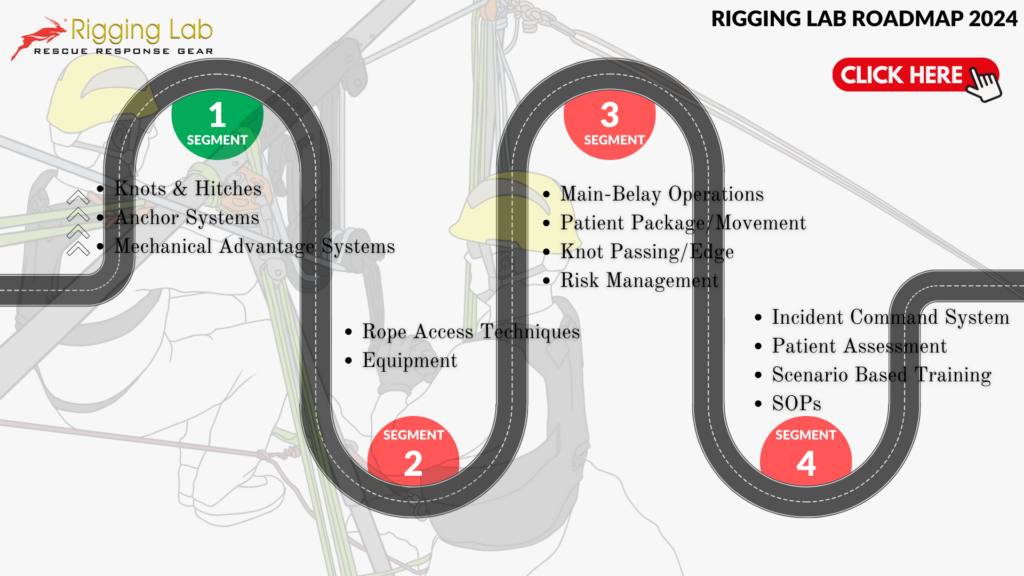This is part of 2 of 2 – Introduction to High Directional Setups and Systems
In the domain of complex rigging, particularly when employing high directional systems, understanding and managing the resultant—where it falls and how it influences stability—is critical. The goal is to visualize the resultant to ensure it lands within the system’s footprint, thus confirming stability.
Key Points on Resultants and Stability
- Visualizing Stability: The simplest method to ensure rigging stability is to visualize the resultant to confirm it falls within the system’s footprint.
- Guiding for Stability: Guiding systems are added as a form of insurance to maintain stability should the conditions change.
- Counteracting External Forces: In situations where the resultant falls outside the footprint, such as with gantry pulls or leaning frames, it’s crucial to understand the forces at play and counteract them appropriately.
- Employing Oppositional Forces: Strong oppositional forces through Guy systems or additional compression legs are used to counteract resultants falling outside the footprint.
- Adapting to Situations: Flexibility in approach is necessary when dealing with unconventional setups—adding elements like a side post for stability can be likened to adding an extra leg to a system.
Summary of Resultant Management
While the simplest and most straightforward approach in complex rigging is to aim for a resultant that falls within the system’s footprint, it’s not always feasible. There are instances, such as when working with gantry pulls or over edges, where the resultant will naturally fall outside this area. In such cases, it’s not a cause for alarm, provided that there is a clear understanding of the forces at play. By implementing strong oppositional forces and possibly adding extra elements to the system, stability can still be maintained. It’s essential to recognize that while there are general rules of thumb for ensuring stability, these are not absolutes. Rigging systems must be adaptable, able to bend the rules or extend beyond the norm, while still prioritizing stability and safety.
Peace on your Days
Lance










